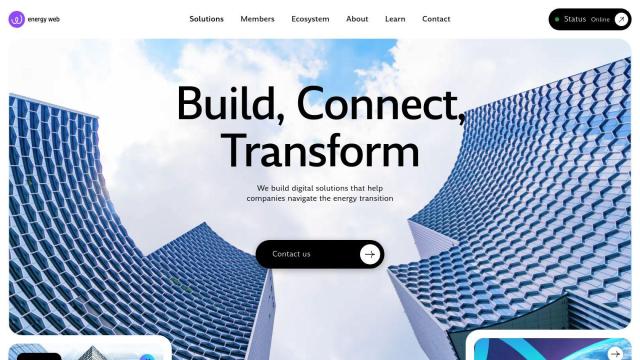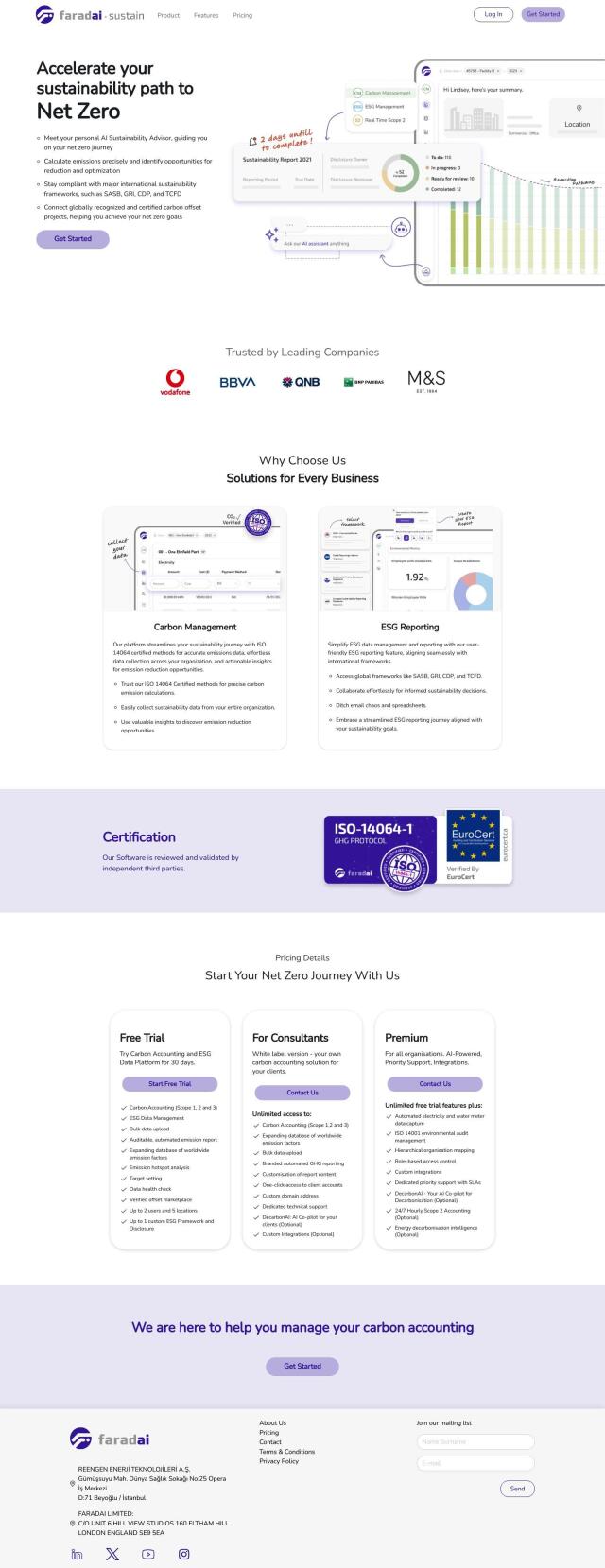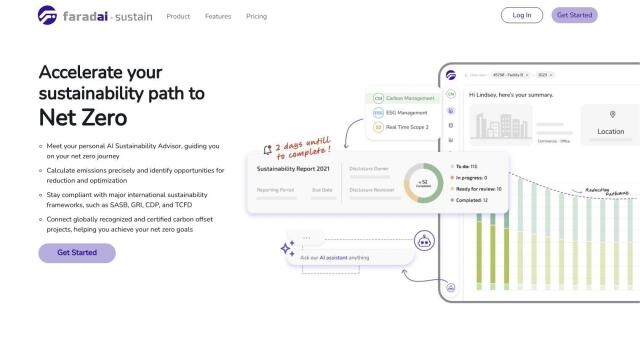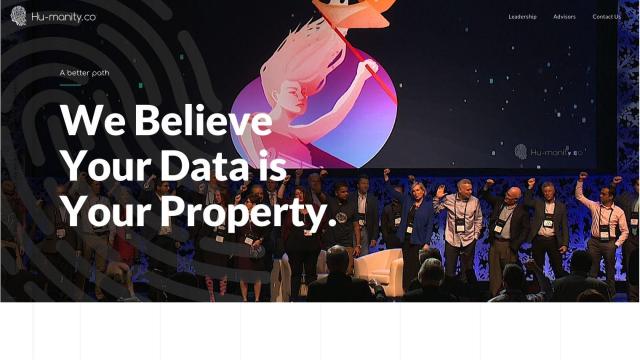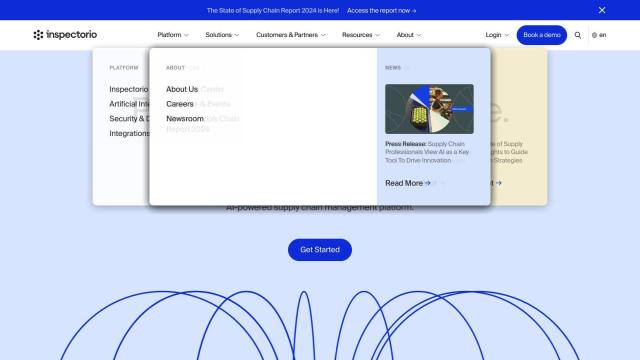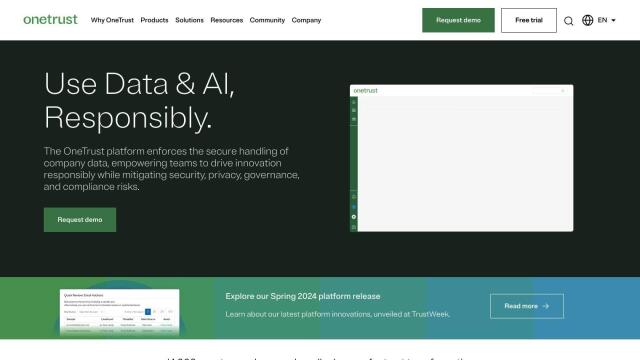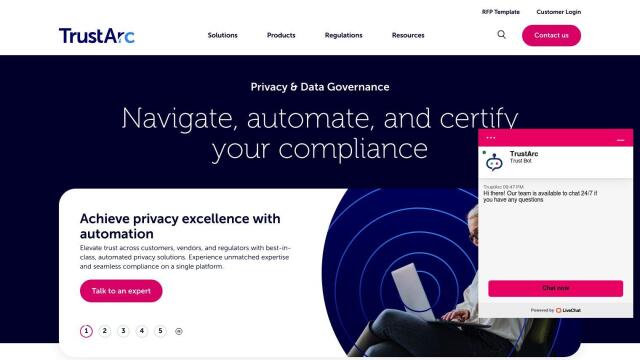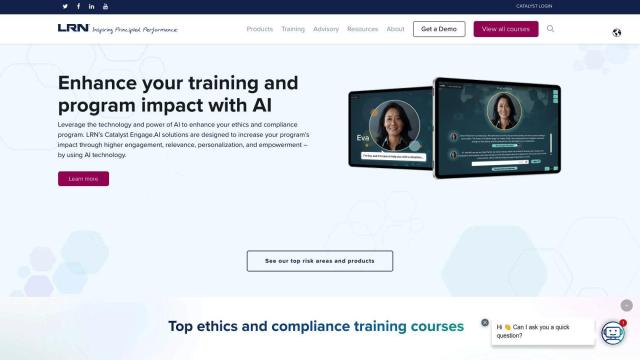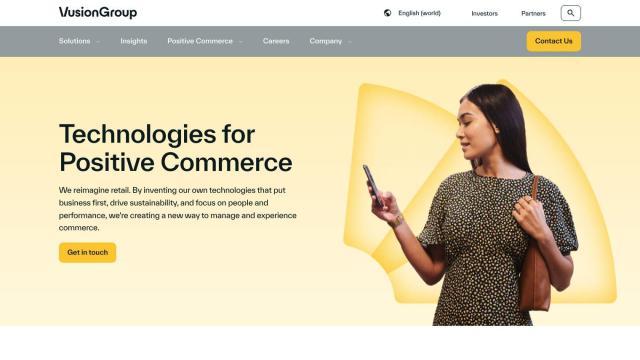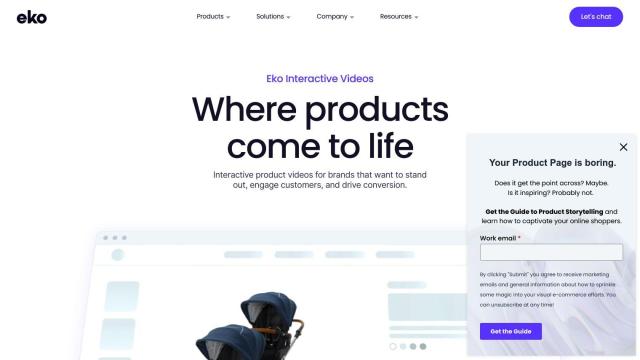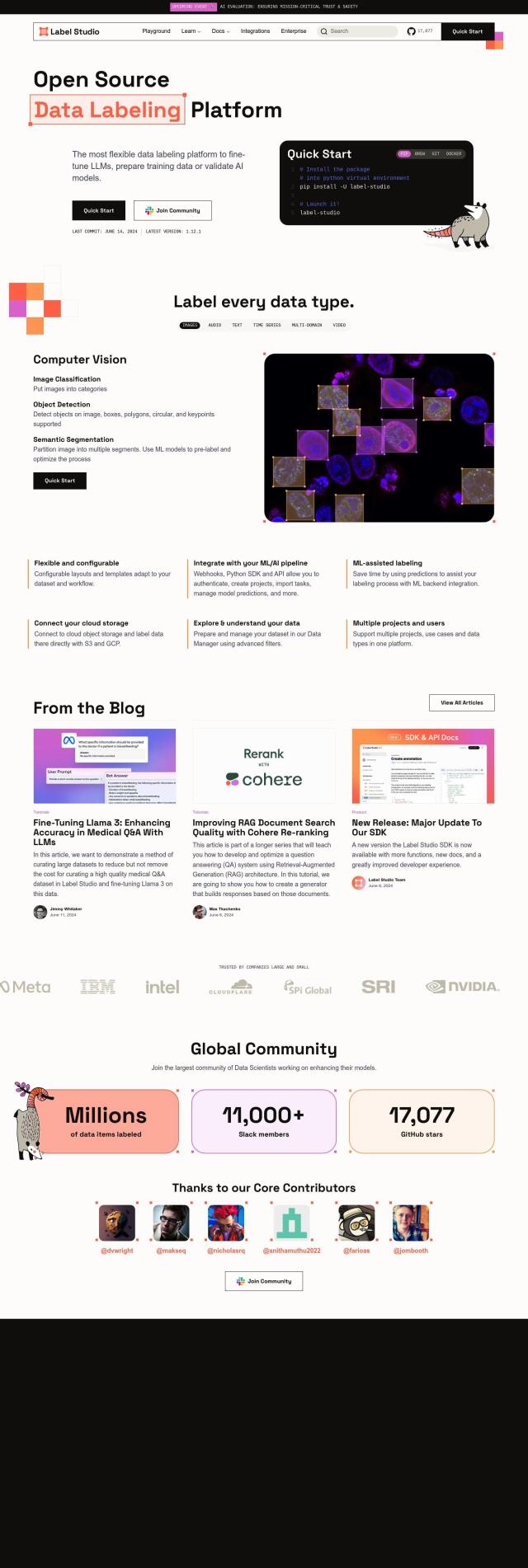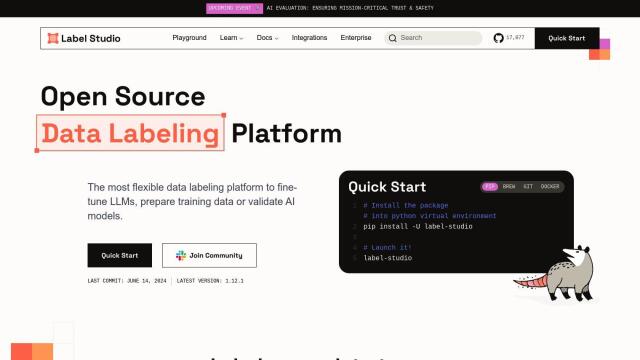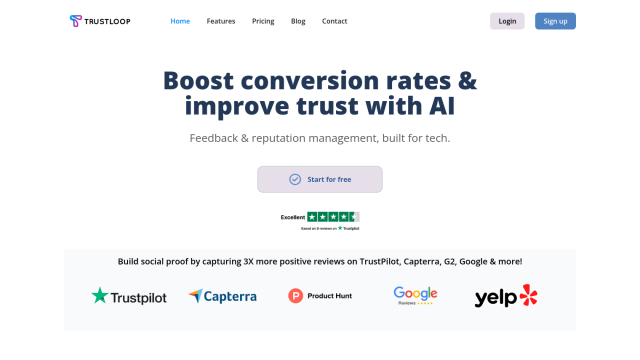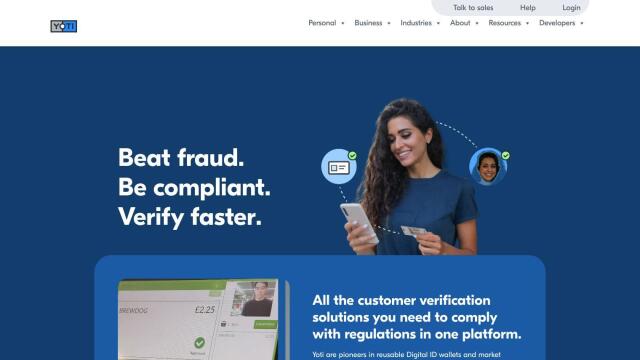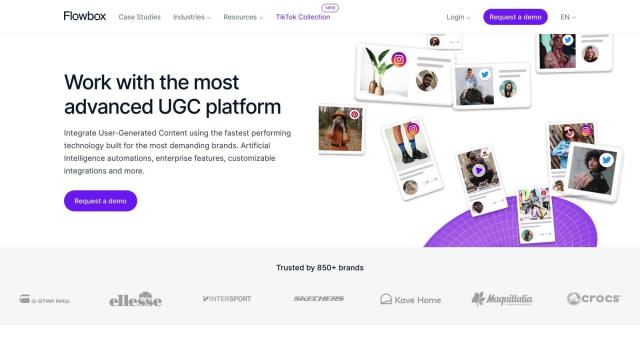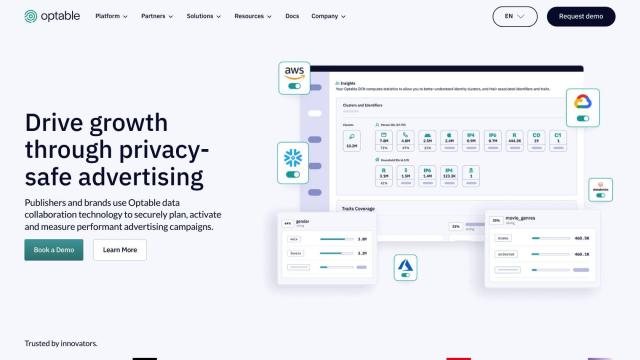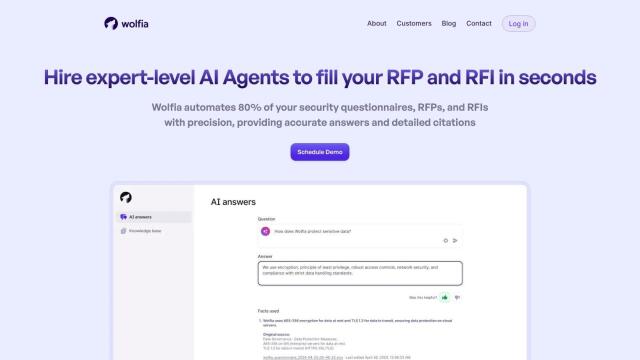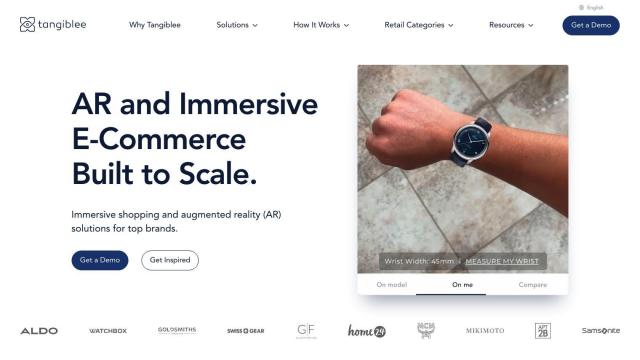Question: Can you suggest a solution that allows me to create transparent and trustworthy sustainability labels for my eco-friendly products?

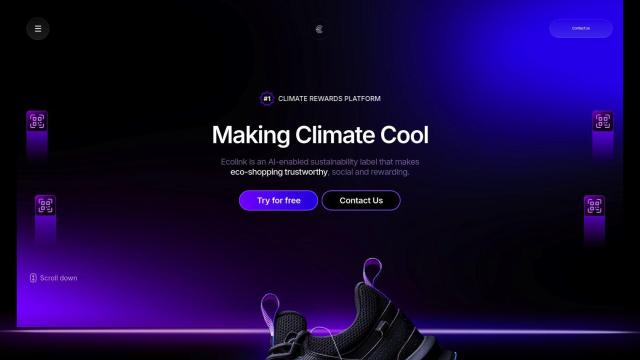
Ecolink
If you want to build transparent and trustworthy sustainability labels for your green products, Ecolink is a good option. The service, which combines AI and blockchain technology, helps customers stay loyal to sustainable products and trust the green claims of companies. It lets you create a sustainability label with ecological data, imagery, stories and GPS coordinates, and rewards customers with digital tokens. The service also visualizes impact transparently, offers digital collectibles for customer loyalty and offers customer insights for post-purchase data recovery, making it a good choice for eco-conscious companies that want to build trust and loyalty with customers.

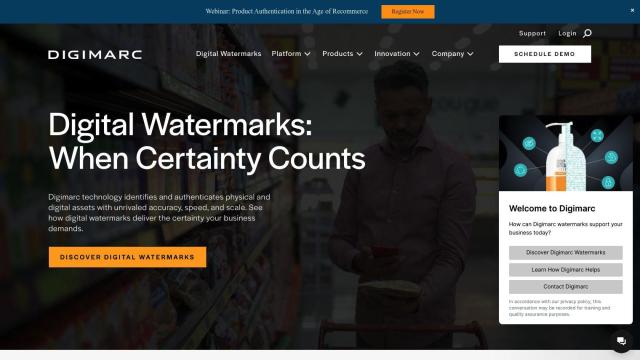
Digimarc
Another all-purpose option is Digimarc, which builds digital identities into products and links them to the cloud for more detailed data. The technology uses digital watermarks, QR codes, RFID tags and other data carriers to identify and authenticate physical and digital assets with high accuracy and speed. It can be used for product digitization, item-level serialization, real-time tracking, centralized traceability and closed system security. That can help companies become more agile, cut costs and improve supply chain sustainability.

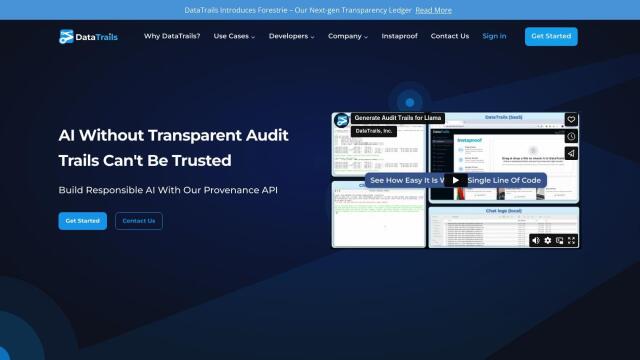
DataTrails
DataTrails offers a provenance API platform that helps ensure the authenticity and integrity of digital content and data. It's designed to promote transparency, media authenticity and supply chain visibility with verifiable, chronological sequences of events. Its patented transparency technology provides immutable audit trails and verifiable provenance, which can be useful for ensuring the integrity and trustworthiness of your sustainability labels.


Cedalio
If you want to improve operational efficiency and transparency, Cedalio is an option. The platform uses AI-powered data extraction and automated consolidation to provide accurate carbon accounting and ESG reporting. With its blockchain technology, Cedalio creates an immutable and auditable record of data transactions, allowing users to gather data from various sources and centralize it for real-time access. That can help improve transparency and credibility with stakeholders while making sustainability reporting easier.

